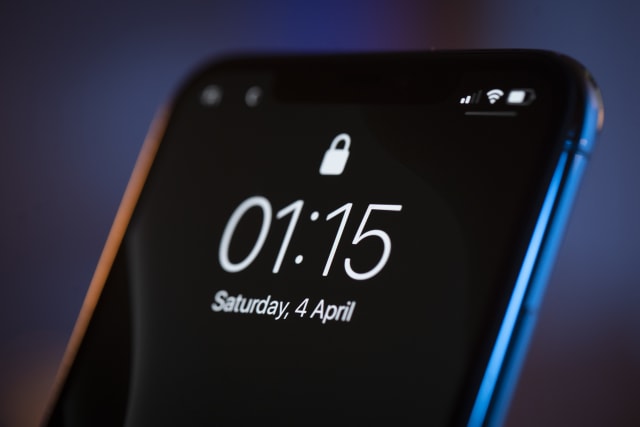
NurPhoto via Getty Images
When police arrested a suspect named Joseph Sam in Washington state last year,an officer hit a button on the man’s phone to bring up its lock screen. Months later,an FBI agent turned the phone on to take a photograph of the lock screen,which contained evidence in the form of a contact,“Steezy.” The suspect’s lawyer filed a motion stating that the obtained evidence was done so without a warrant and should therefore be excluded from any trial. According to Ars Technica,a judge agreed -- at least as far as the FBI’s involvement goes.
The judge put forth that while the police seemed to act within their rights to search the suspects’ lock screen -- since it occurred during an arrest -- the FBI agent in question overstepped their bounds. "Here,the FBI physically intruded on Mr. Sam's personal effect when the FBI powered on his phone to take a picture of the phone's lock screen,” said the Judge in a statement via Ars Technica. In other words,the FBI intruded on the suspect’s Fourth Amendment rights. The judge is seeking further clarification,but in the meantime has granted the suspect’s request to suppress the evidence found via his lock screen.
Law enforcement agents can force a suspect to unlock a phone via biometric methods like facial recognition,though they can’t ask for a PIN. It’s not clear if or how this ruling could be integrated into similar rules and regulations -- searching a lock screen is a rather granular topic,but could prove to be important to users’ privacy.

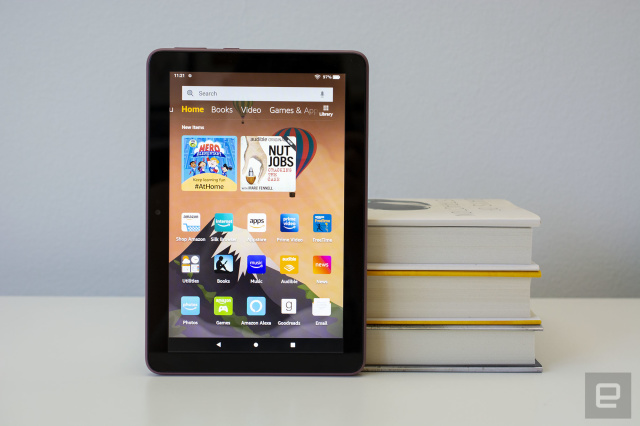

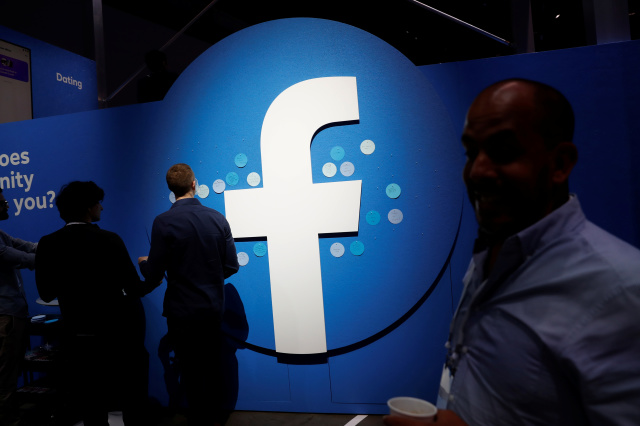

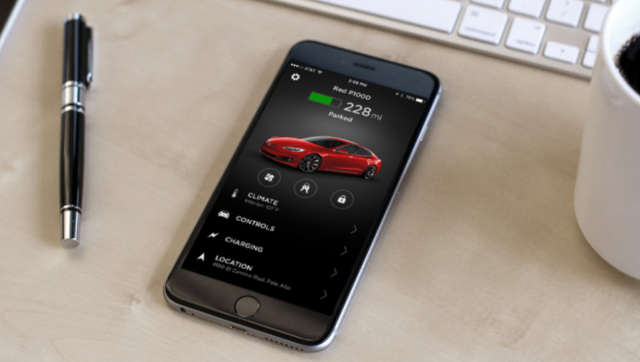
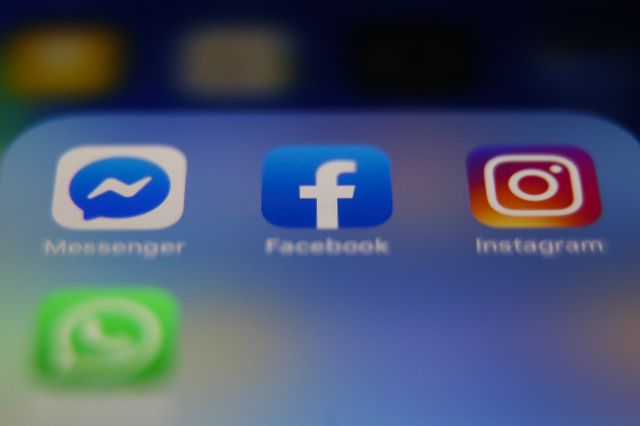

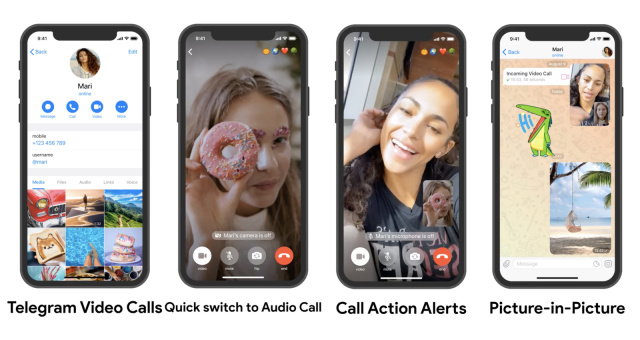

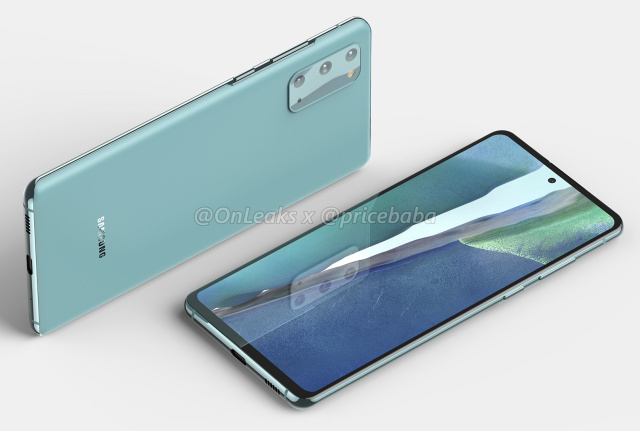
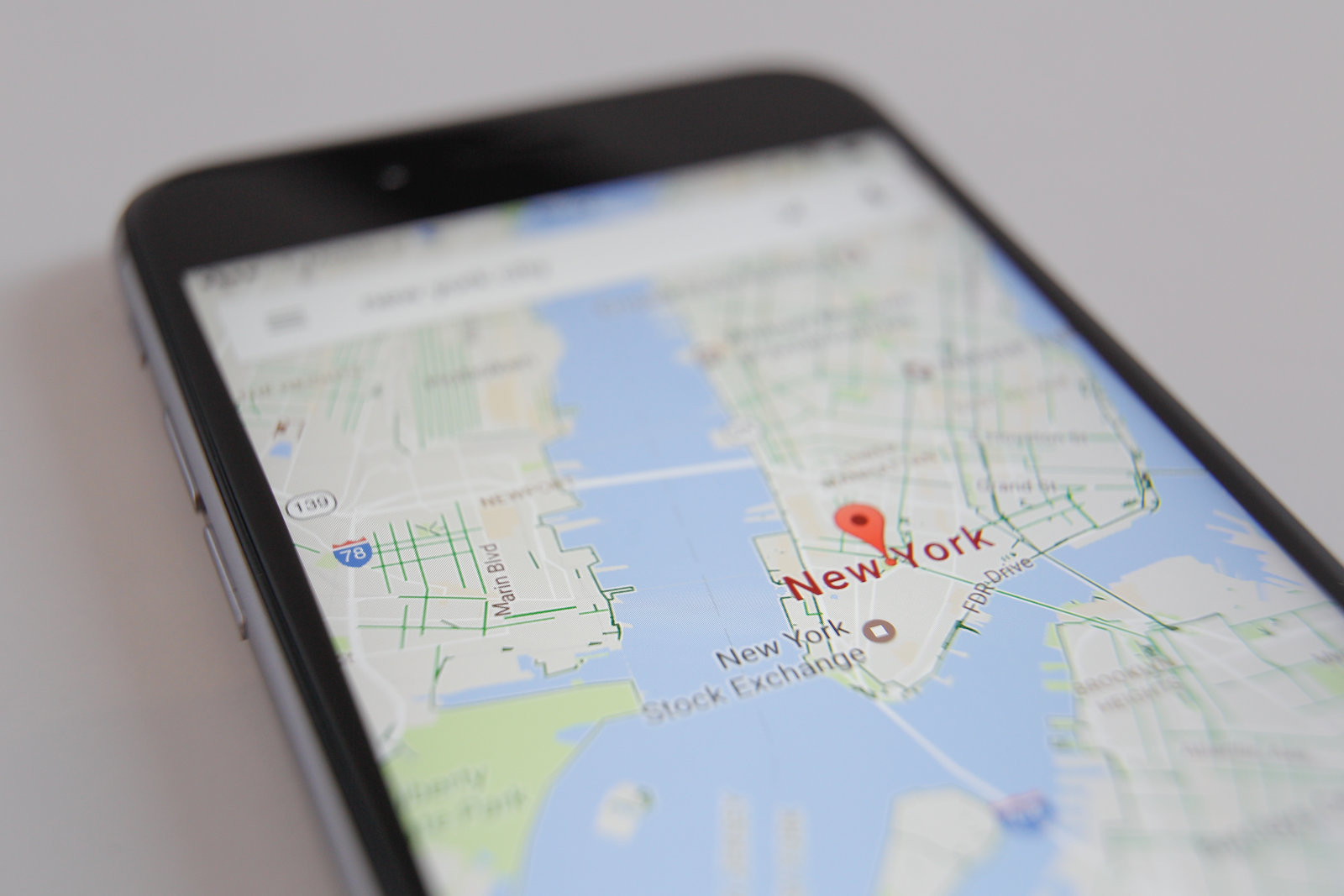
 加载中,请稍侯......
加载中,请稍侯......
Comments